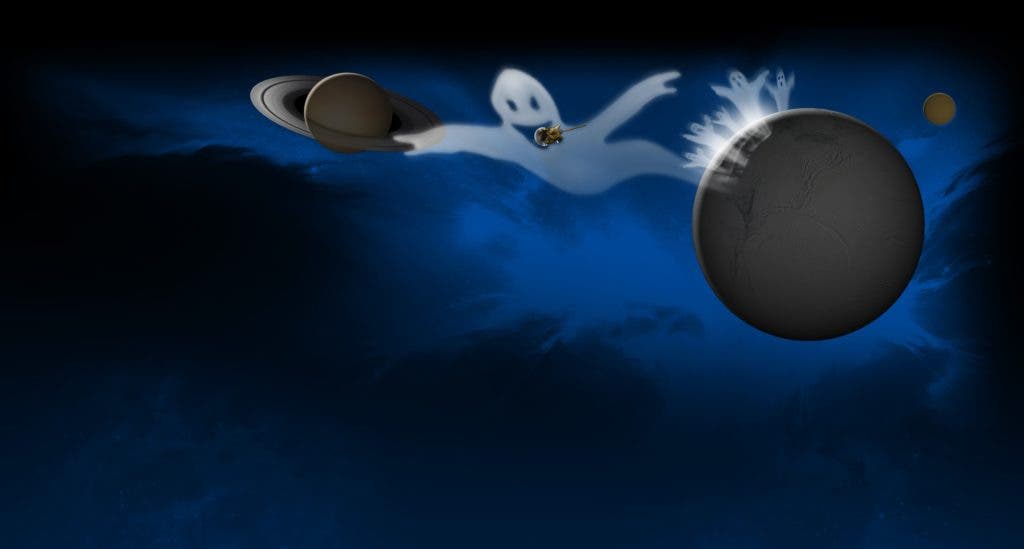As if space wasn’t scary enough, NASA now released the perfect soundtrack.
When you start exploring the wonders and mysteries of the universe, you get to see some interesting things. But NASA isn’t just using its eyes, it’s also using its ears to scout the universe. Some spacecraft have instruments capable of capturing radio emissions, is that I’m saying. These can be converted to sound waves, and the results are quite eerie. Spooky, one might say.
Just in time for Halloween, NASA’s put together a compilation of elusive “sounds.” From howling planets to whistling helium and strange moons, this is how space Halloween sounds like.
NASA also added a description of what these sounds are and how they came to be.
- Juno Captures the ‘Roar’ of Jupiter: Juno is currently orbiting Jupiter. Juno’s mission is to measure Jupiter’s composition, gravity field, magnetic field, and polar magnetosphere, searching for clues into the planet’s formation. The spacecraft has crossed the boundary of Jupiter’s immense magnetic field, recording the encounter with the bow shock over the course of about two hours on June 24, 2016.
- Plasma Waves: Plasma waves are interconnected sets of particles and fields propagating in a periodically repeating fashion. Like ocean waves, this creates a rhythmic cacophony that — with the EMFISIS instrument aboard NASA’s Van Allen Probes — we can hear across space.
- Saturn’s Radio Emissions: Saturn is a source of intense radio emissions, which were monitored by the Cassini spacecraft. The radio waves are closely related to the auroras near the poles of the planet. These auroras are similar to Earth’s northern and southern lights. More on Saturn’s eerie-sounding radio emissions.
- Sounds of Jupiter: Scientists sometimes translate radio signals into sound to better understand the signals. This approach is called “data sonification”. On June 27, 1996, the Galileo spacecraft made the first flyby of Jupiter’s largest moon, Ganymede, and this audio track represents data from Galileo’s Plasma Wave Experiment instrument.
- Sounds of a Comet Encounter: During its Feb. 14, 2011, flyby of comet Tempel 1, an instrument on the protective shield on NASA’s Stardust spacecraft was pelted by dust particles and small rocks, as can be heard in this audio track.
NASA actually has an impressive collection of sounds and playlists; on their Soundcloud page, you can access Rocket Engine Sounds, podcasts, as well as many otherworldly noises. But my favorites are, by far, these spooky sounds.




